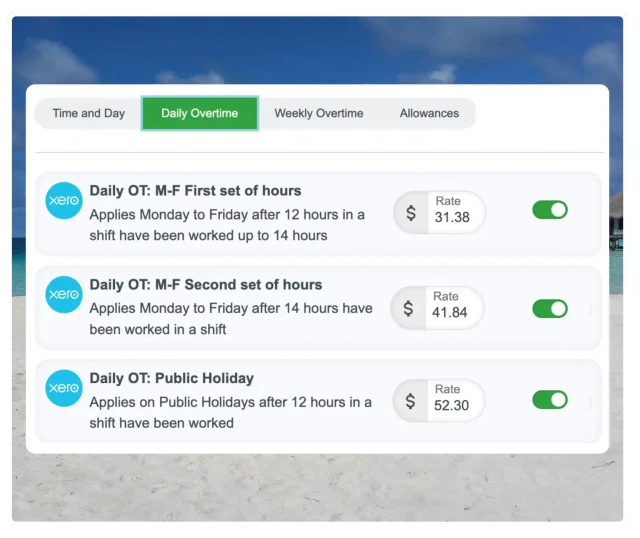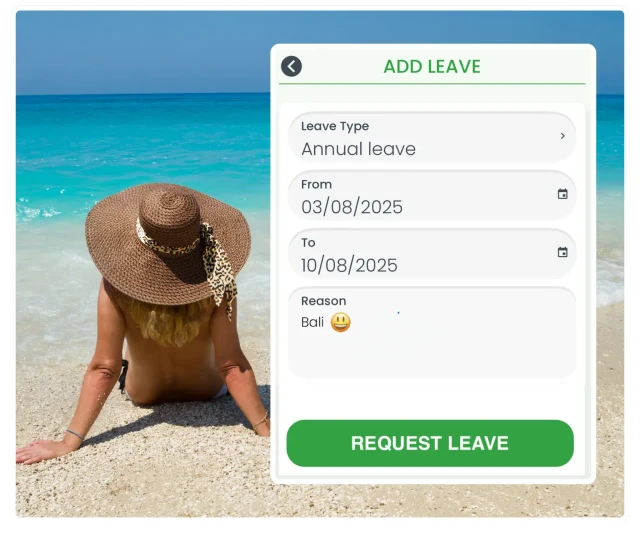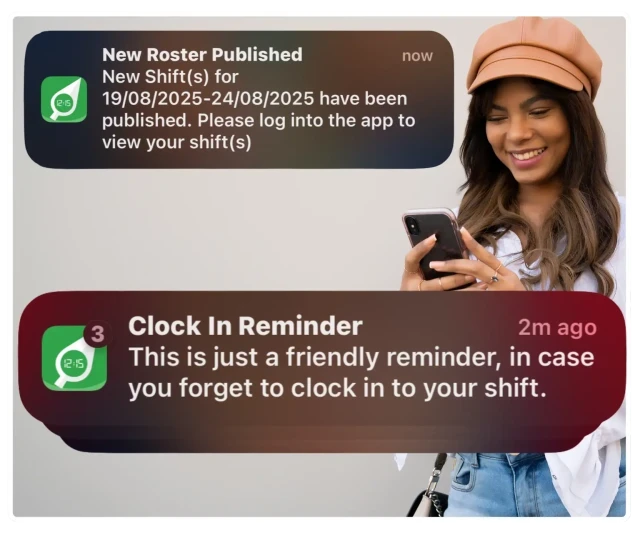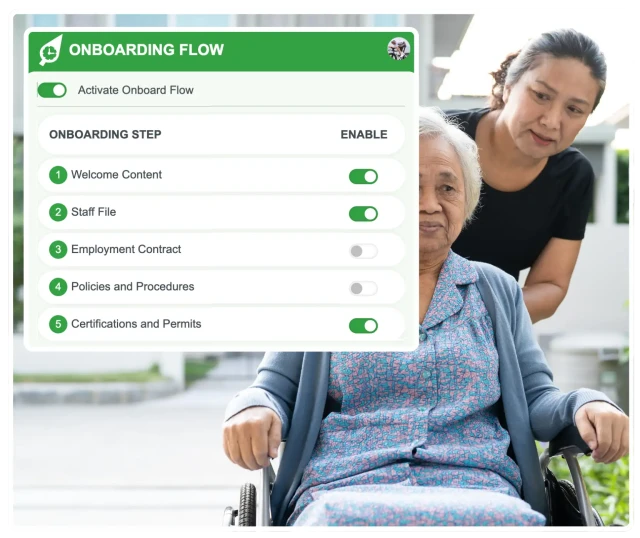RosterElf has become the go-to workforce solution for aged care providers across Australia. From small community facilities to large multi-site organisations, we’ve built our platform specifically to handle the complexities of aged care awards, compliance, and staffing. Here are three reasons why RosterElf is recognised as the leading workforce management system in aged care:








Read what our clients have to say about us
See all reviewsWe understand the unique challenges of aged care scheduling. Our solutions streamline rostering, time and attendance and payroll, helping you manage staff efficiently and deliver better care to your clients
Aged care facilities often need to cover multiple shifts around the clock, including nights, weekends, and public holidays, complicating scheduling.
Ensuring that rosters comply with legal requirements, such as minimum staffing levels and and award interpretation add another level of complexity.

Coordinating staff availability, including vacations, sick leave, and personal commitments, can be challenging.
Distributing shifts fairly to avoid burnout and ensure a manageable workload for staff and carers requires careful planning.
Assigning the right staff to the right shifts based on their skills and qualifications to meet the specific needs of residents.
Handling unexpected absences or emergencies and finding replacements quickly without disrupting care quality
